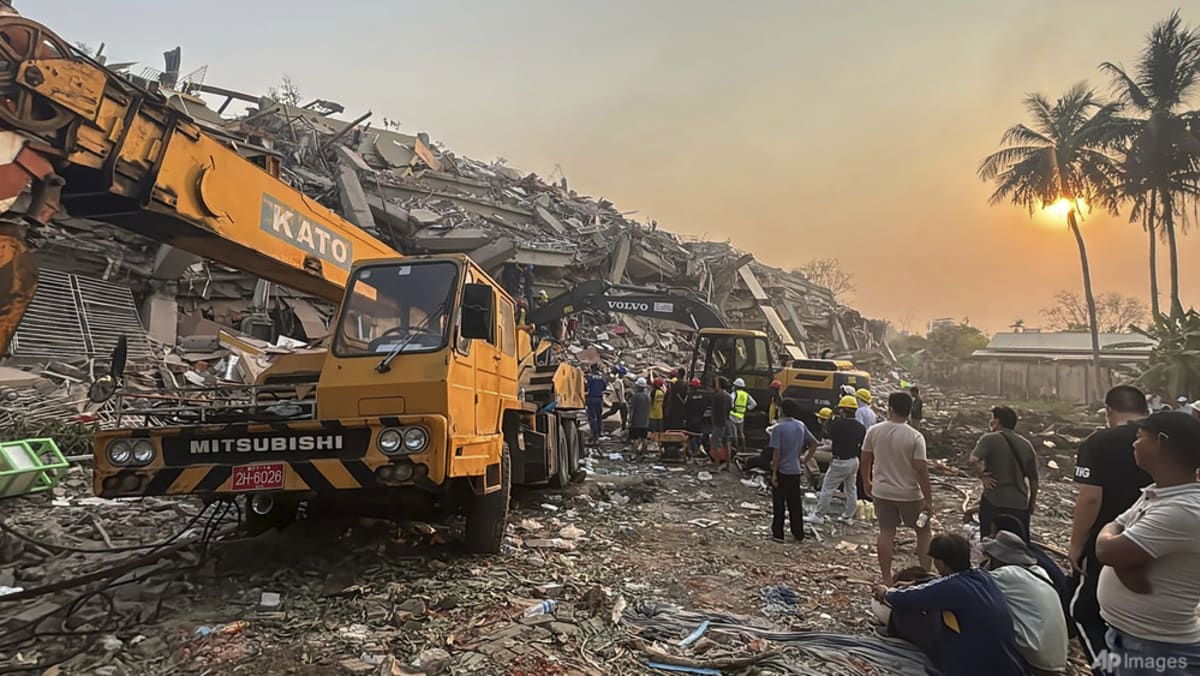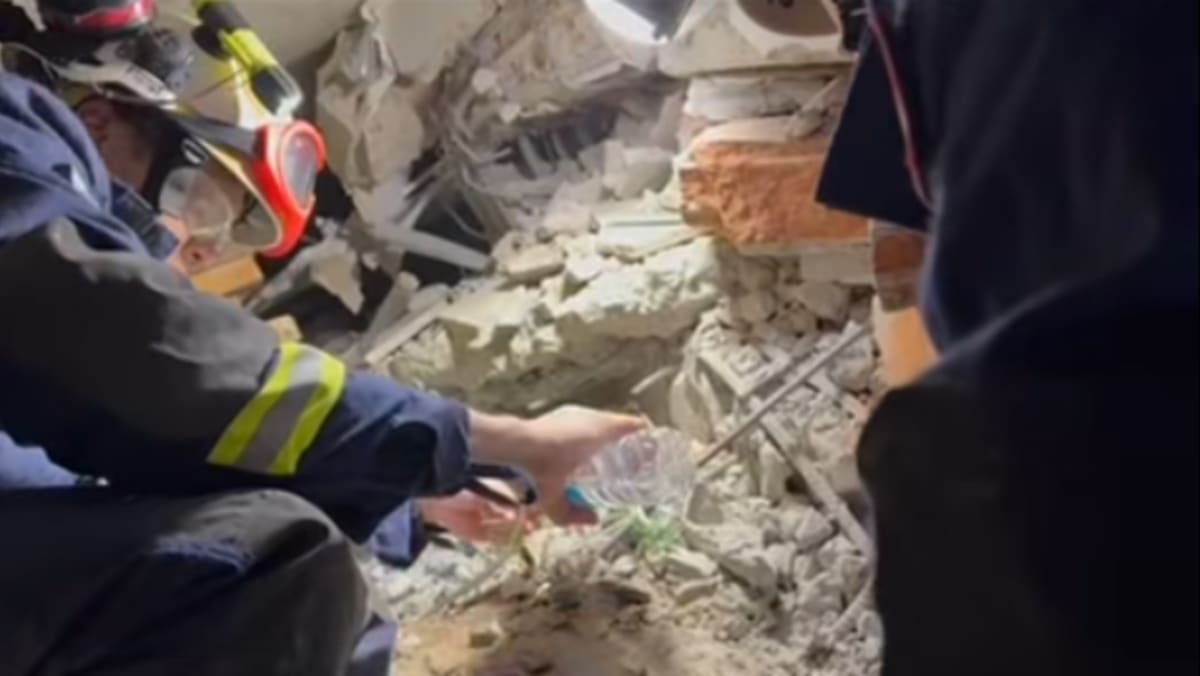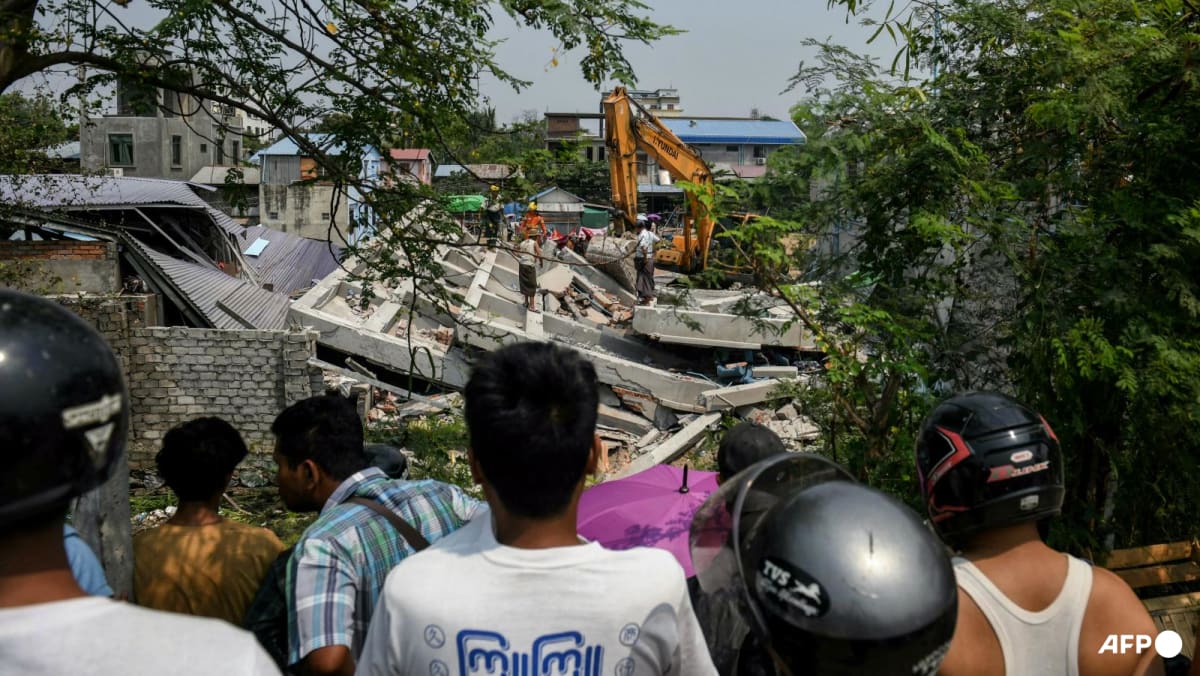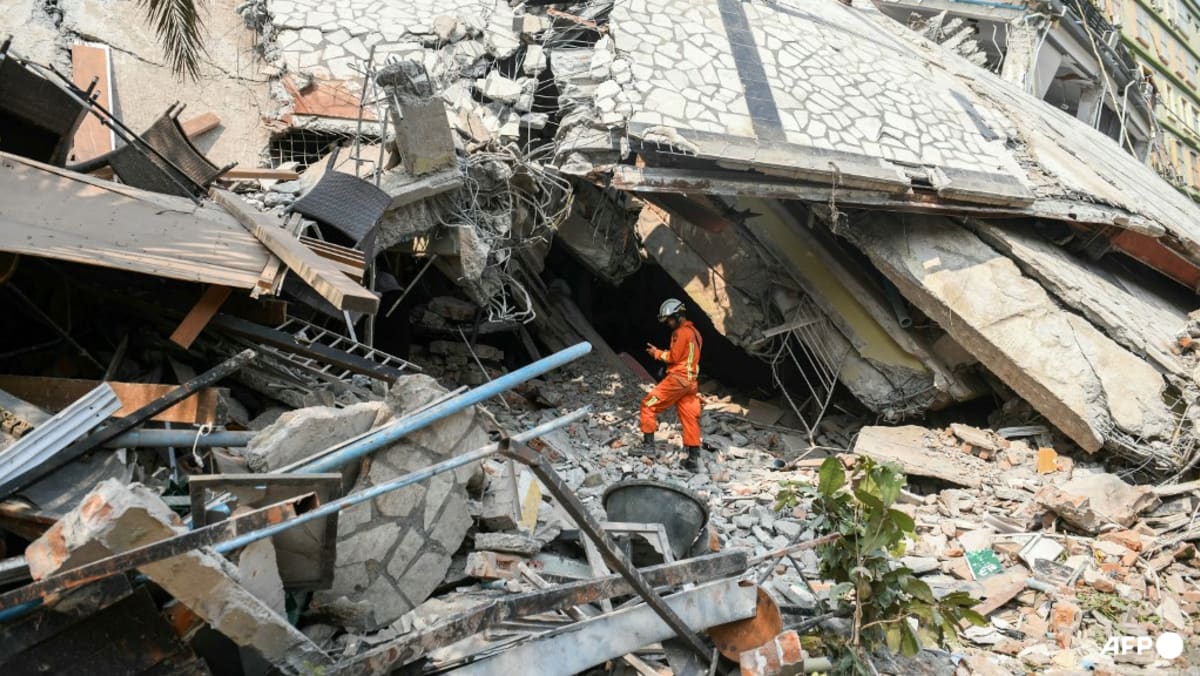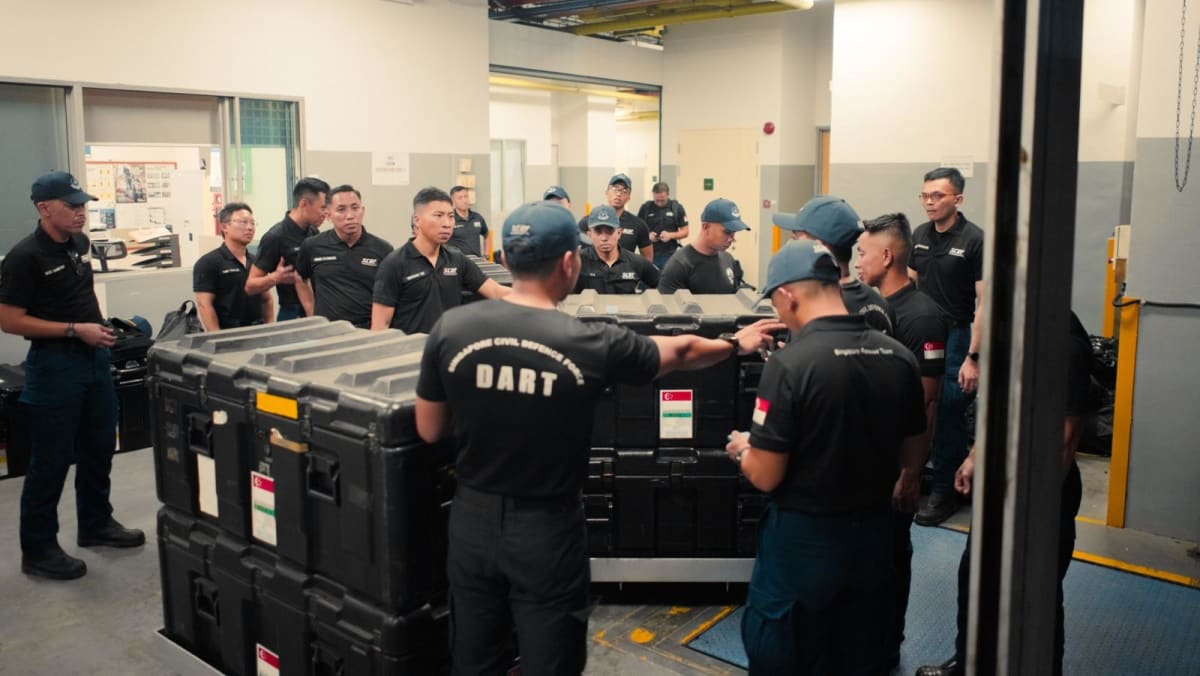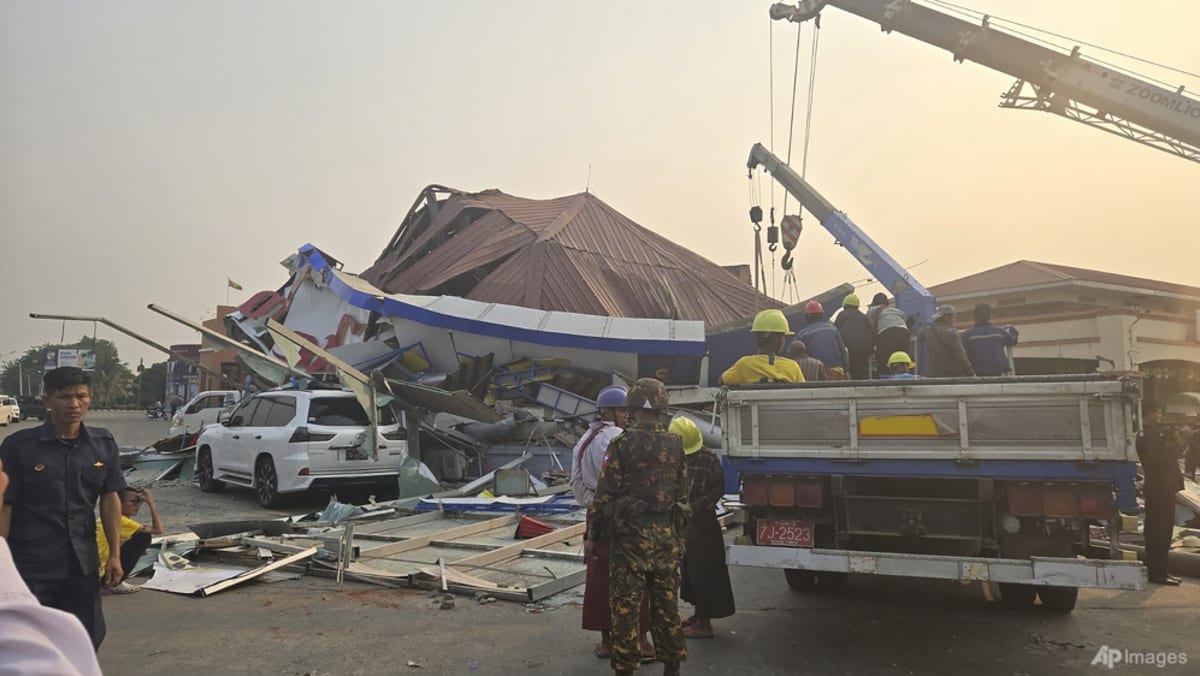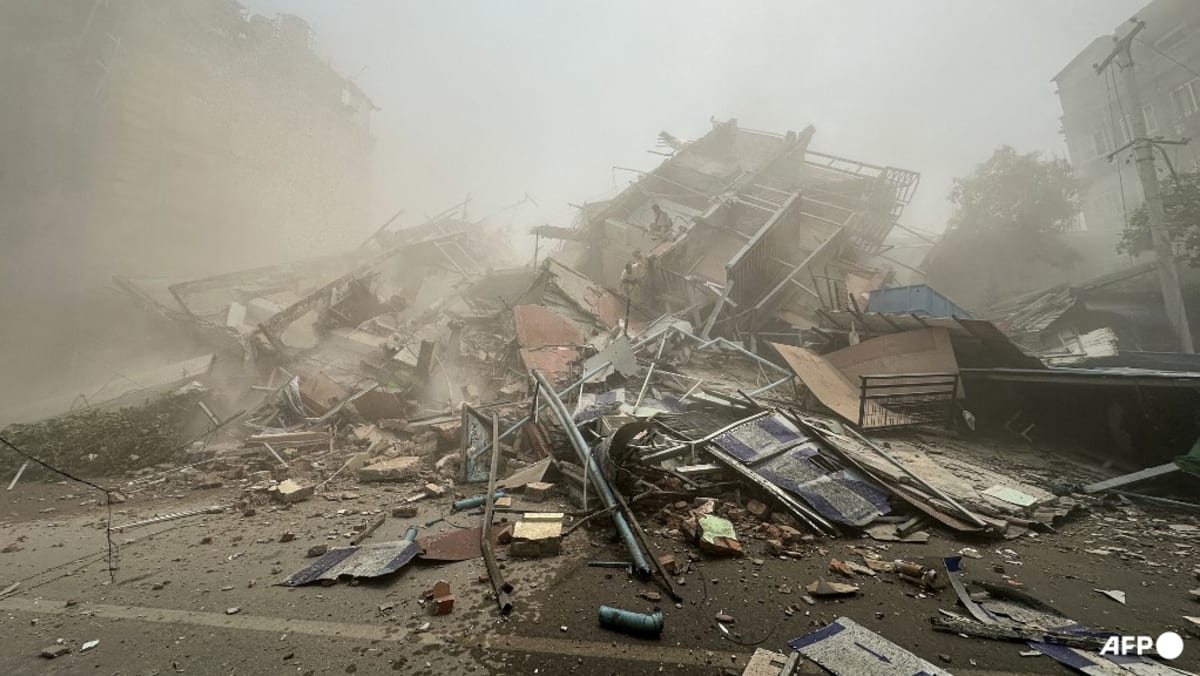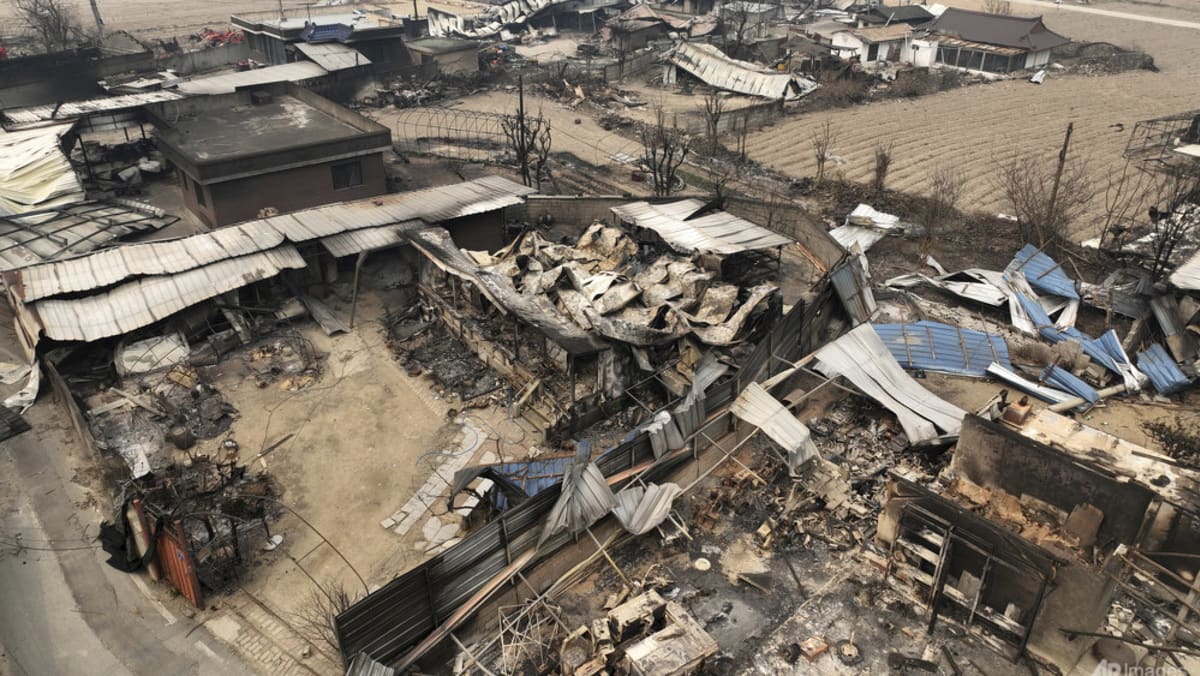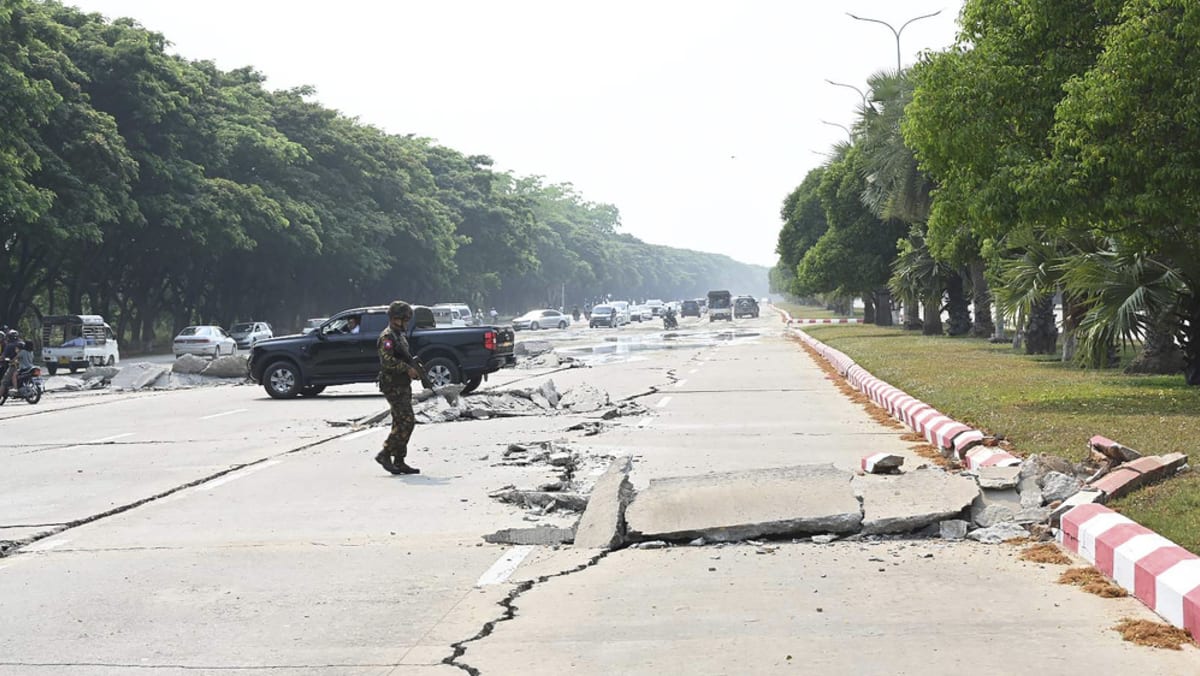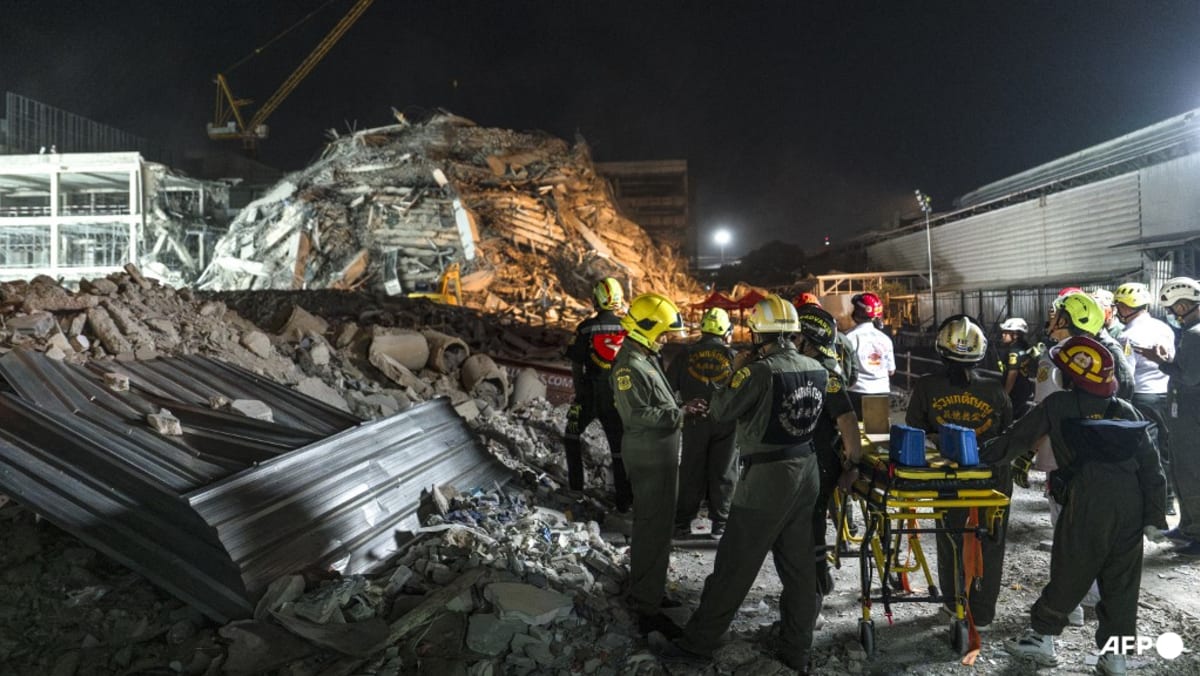27 riders injured in Hong Kong Cyclothon, including 13 in pile-up; sports body defends course layout amid athlete criticism

Chairman of Hong Kong Cycling Association Leung Hung-tak said this year’s course design and configuration were similar to previous ones, including the placement of traffic cones. He stressed cycling events were prone to chain-reaction incidents.
“Similar situations have occurred in major international races such as the Tour de France and Giro d’Italia in the past, which are unrelated to the track design and configuration,” Leung said.
“We have added signage along the route and the road curve and safety devices have been added at locations that are prone to accidents. Our staff also conducted inspections prior to the race, taking into account factors such as weather conditions, wind speed and direction. We have thoroughly assessed everything.”
He added the decision not to immediately suspend the race after the accident was based on the assessment that the conditions at that time still allowed the event to continue.
“At the time of the incident, the riders on the track were slowing down. We had staff and referees on-site managing the situation,” he said. “We considered the situation later and thought it was necessary to enhance the management, then we halted the cyclists from continuing the race.
When asked about whether the racetrack was too narrow, Olympic medallist Sarah Lee Wai-sze, who took part in the 50km event, said she did not see any issue with the track for the women’s race.
“Cyclists need to make judgments based on the track conditions,” she said. “Accidents can happen in road races, and it is normal to review and learn from them.”
She added the decision whether to continue races after accidents was ultimately made by experienced referees.
The Sunday event began with 50km and 30km events, where cyclists rode along a number of closed-off major roads.
The 50km route covered three tunnels and three bridges, including Tsing Ma Bridge, Ting Kau Bridge, Stonecutters Bridge, Cheung Ching Tunnel, Nam Wan Tunnel and Eagle’s Nest Tunnel.
The Hong Kong Tourism Board, which organises the event, estimated 5,000 riders took part in Sunday’s seven races, including the International Cycling Union (UCI) Asia Tour Class 1.1 race, which returned after a five-year hiatus.
Organisers said the UCI race gathered about 100 professional cyclists from more than 10 countries, regions and places, featuring around 14 teams from Australia, Italy, Malaysia, Thailand, the mainland and Hong Kong, among others.
Nathan Lok Ho-yin, 51, an insurance company executive who joined two groups of 30 friends and participated in the 50km ride, said pre-race arrangements went smoothly in the morning as riders did not have to spend time presenting vaccination records and negative COVID-19 tests, as was the case last year.
“You could tell there were a lot of amateur cyclists last year as people were picking up new hobbies during COVID. The riders this year are obviously on the next level.”
Riders also picked up injuries in last year’s race, including at least one participant who required hospitalisation due to a fall, while others sustained minor injuries such as abrasions or sprains.
Lobo Louie Hung-tak, senior lecturer of health and physical education at the Education University of Hong Kong, said he did not think the injuries in the latest race would affect future cycling events held in the city, as long as the first aid support and logistics arrangements were in line with international regulations.
Source: CNA




